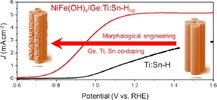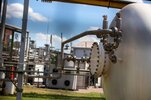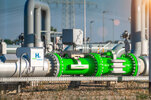- Joined
- 3 July 2009
- Posts
- 28,232
- Reactions
- 25,490
Containers are the least of the problems.How many?
The storage tank is a extremely expensive item, and by law must be opened and inspected for internal age-related faults. LPG tanks require an inspection and approval every 10 years, I don't know how often a hydrogen mobile tank needs that inspection or the cost.
In contrast, only two carmakers lease a new production hydrogen vehicle in Australia today – albeit for a limited number of commercial fleet buyers only: the second-generation Toyota Mirai sedan and the Hyundai Nexo SUV.

Hydrogen or battery-electric cars: Which is right for Australia?
Why are battery EVs starting to take off, while hydrogen continues to be stuck at ground level?www.whichcar.com.au
Just my opinion and really not worth filling the thread with IMO.
We are both on the same page, batteries will be the stop gap, but they are a finite resource also.
We have to keep moving with technological advancement and that means getting the most energy density, from the least amount of matter and from the most plentiful source.
Just common sense really.









